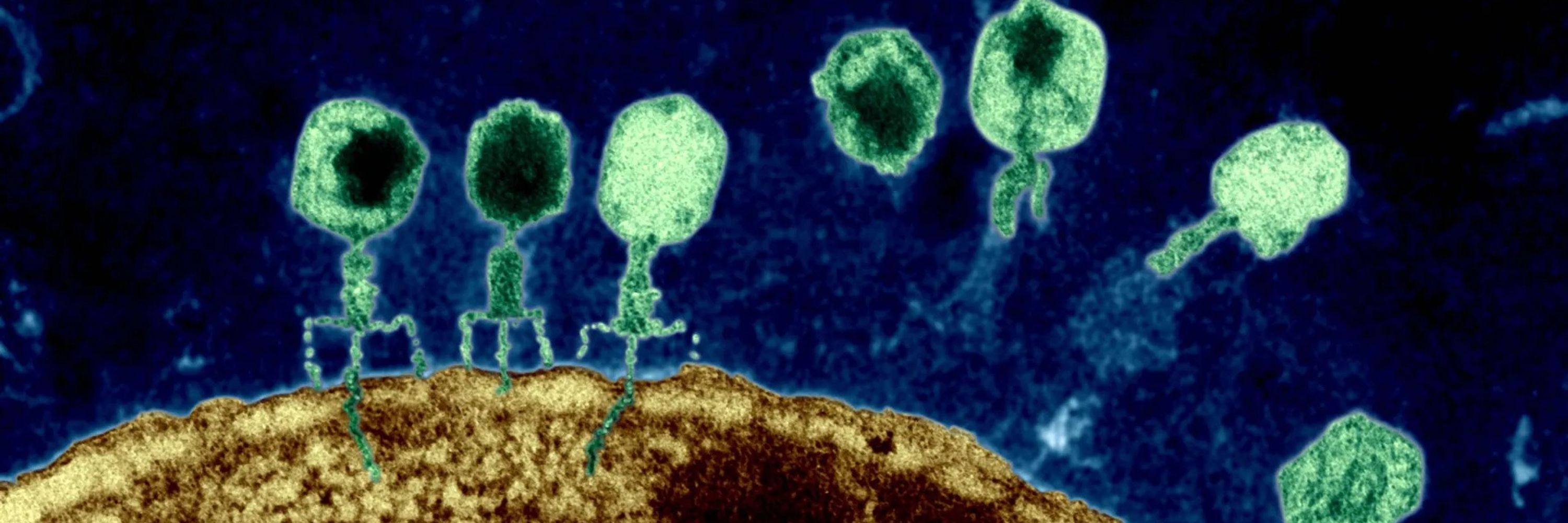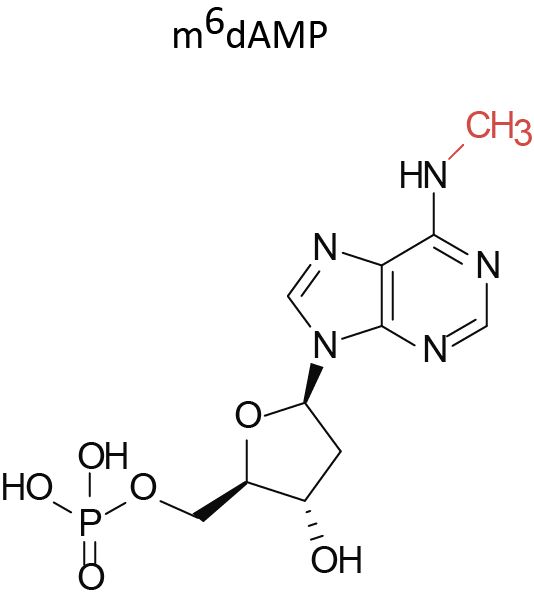
And special thanks to the very talented Weizmann student Sarit Moses, who started this project during her rotation.
And special thanks to the very talented Weizmann student Sarit Moses, who started this project during her rotation.
A molecular sensor that detects when the cell’s own DNA has been broken down.
A molecular sensor that detects when the cell’s own DNA has been broken down.
@francoisrousset.bsky.social @dbikard.bsky.social
@francoisrousset.bsky.social @dbikard.bsky.social
Together, they form type II Metis — a defense system also activated by m⁶dAMP.
AF3 predictions suggest that MisC could assemble into an octameric pore across the membrane during activation.

Together, they form type II Metis — a defense system also activated by m⁶dAMP.
AF3 predictions suggest that MisC could assemble into an octameric pore across the membrane during activation.
Phages can escape Metis by avoiding host DNA degradation (for example, through mutation of the DenA endonuclease), but that escape comes at a cost —they lose access to host nucleotides.

Phages can escape Metis by avoiding host DNA degradation (for example, through mutation of the DenA endonuclease), but that escape comes at a cost —they lose access to host nucleotides.
Low levels of m⁶dAMP can appear even without phage infection, during normal DNA repair. MisB “cleans” these traces to prevent premature activation and self-toxicity.

Low levels of m⁶dAMP can appear even without phage infection, during normal DNA repair. MisB “cleans” these traces to prevent premature activation and self-toxicity.
This might prevent phages from rebuilding NAD⁺ through their usual repair pathways (for example, NARP1 - www.nature.com/articles/s41...).

This might prevent phages from rebuilding NAD⁺ through their usual repair pathways (for example, NARP1 - www.nature.com/articles/s41...).

They do it by sensing the accumulation of a modified nucleotide, N⁶-methyl-deoxyadenosine monophosphate (m⁶dAMP) — a signature molecule that appears when bacterial DNA is broken down.

They do it by sensing the accumulation of a modified nucleotide, N⁶-methyl-deoxyadenosine monophosphate (m⁶dAMP) — a signature molecule that appears when bacterial DNA is broken down.
When this happens, bacterial cells are doomed — but not necessarily defenseless.
When this happens, bacterial cells are doomed — but not necessarily defenseless.


